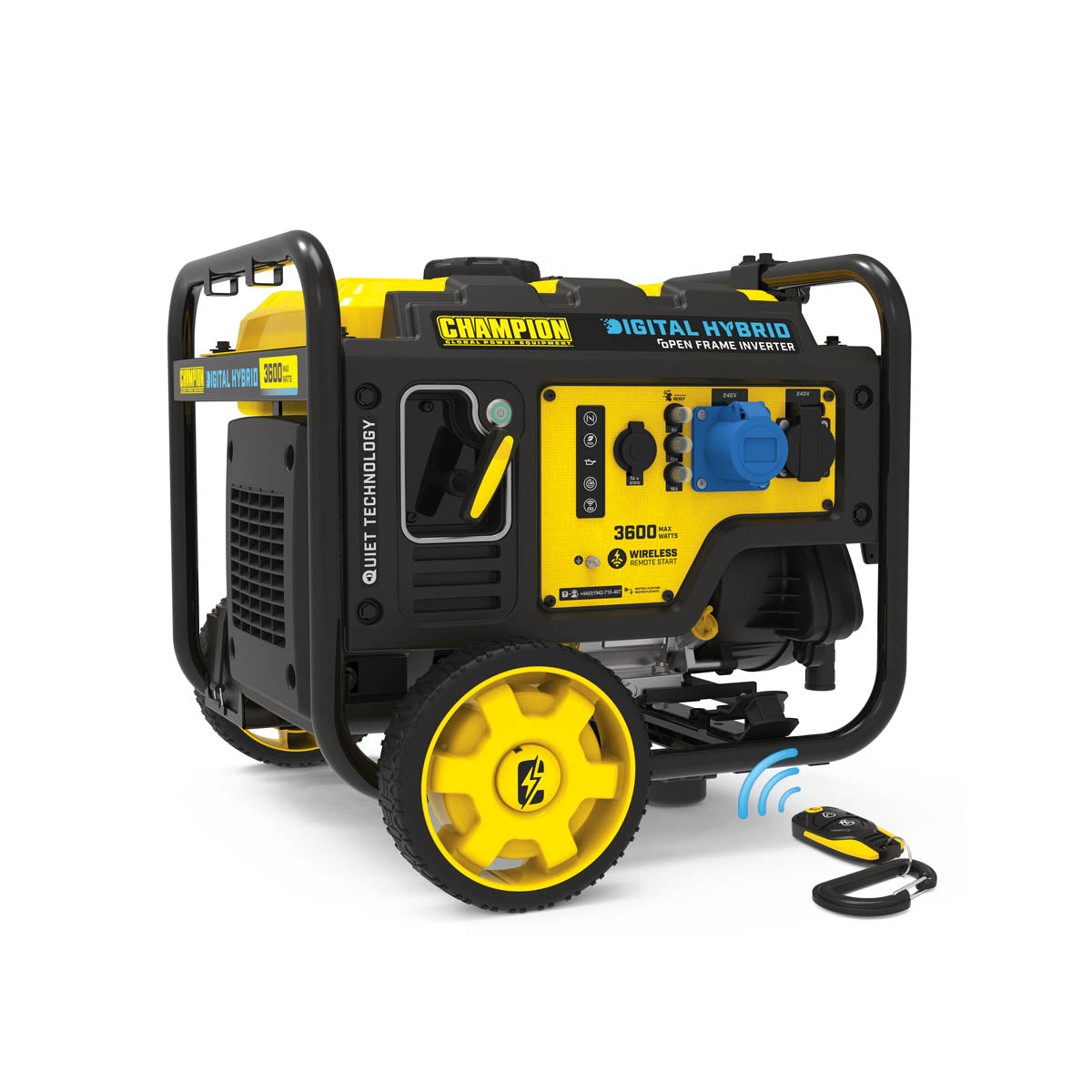Section 7.1.3 ? That's nice and short

Maaany years ago, a friend was responsible for some holiday cottages - two of which were remote and had no electrical supply. As someone who knew a bit about lecky, I got asked after the local DNO had quoted something like £70k (that's not a typo, and in 1990s money

) to connect them. These cottages were in a large piece of land they owned, and after hearing about the generator they'd tried, I suggested they consider a submain from another property (1300 m away) - stressing they'd need to get someone who knew what they were doing to size it.
I do recall that this friend had gone out and bought a small genny without getting any advice other than from the person selling it. They were a bit put out when I pointed out that if run continuously it would need one plug and two oil changes/week ! As it happened, I was told the electrician needed to re-wire it, and the first time they tried it - the connectors melted as they had put it in a small outhouse. It also consumed silly amounts of gas.
So they went down the submain route

I would suggest that if asked to connect such a genny, it would need re-wiring to a floating output so it can have the N-E link added. Otherwise (if it couldn't be rewired) you'd need to keep it as a split-phase supply and include a suitable 2 pole breaker in the genny connection to protect the genny from N-E faults.
But as per the discussion, unless it's a "known" genny, and hardwired, then it is always going to have to be down to whoever connects the genny to sort this out on a case by case basis. Good luck educating the average householder on that







 ) to connect them. These cottages were in a large piece of land they owned, and after hearing about the generator they'd tried, I suggested they consider a submain from another property (1300 m away) - stressing they'd need to get someone who knew what they were doing to size it.
) to connect them. These cottages were in a large piece of land they owned, and after hearing about the generator they'd tried, I suggested they consider a submain from another property (1300 m away) - stressing they'd need to get someone who knew what they were doing to size it.







